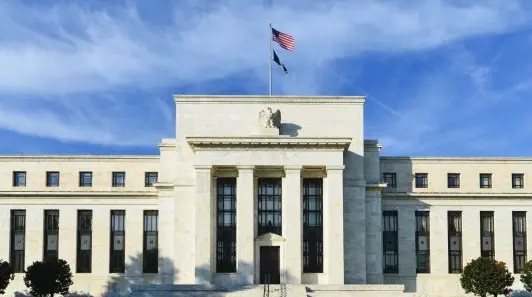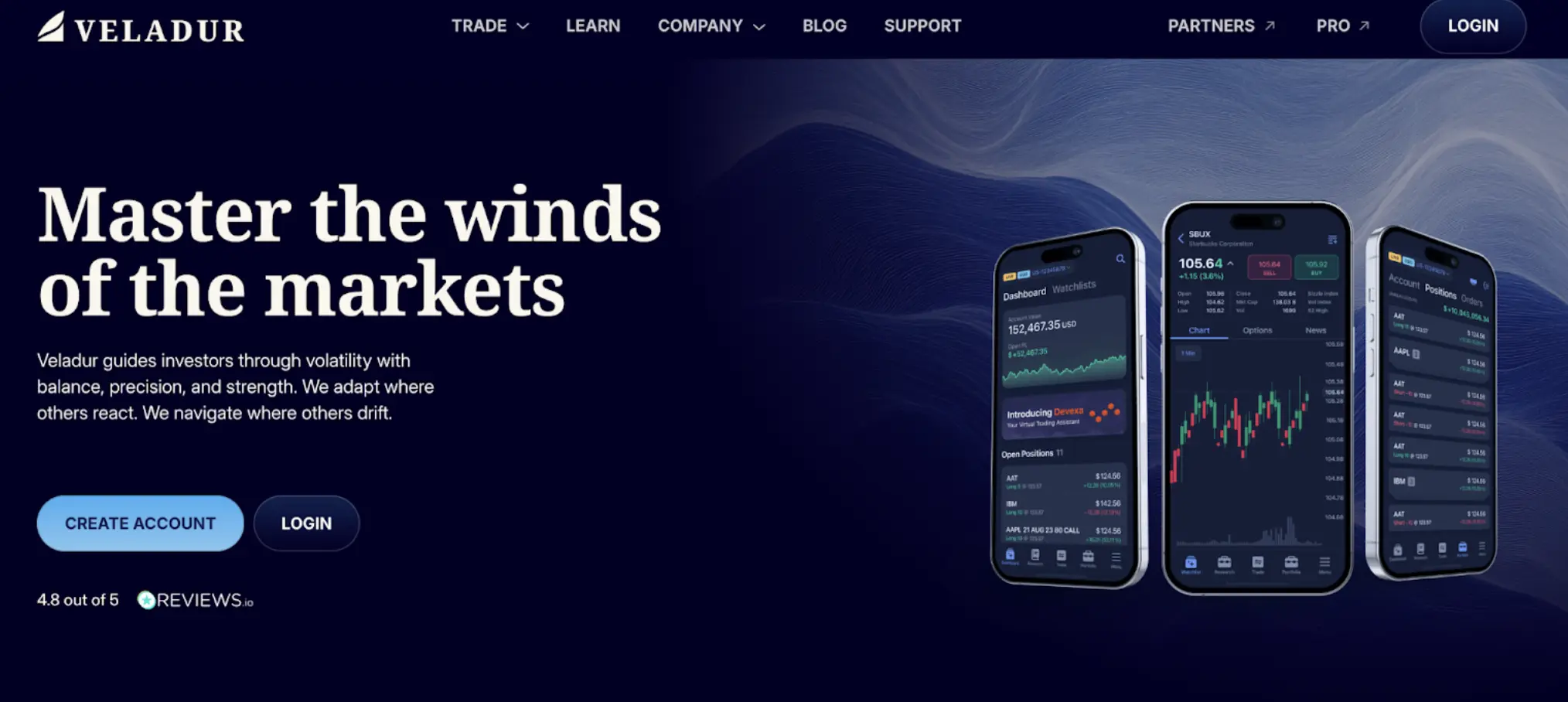Crude oil opened lower this week after the first Trump–Putin meeting went smoothly, then rebounded ahead of the Trump–Zelensky summit on news of fresh Russian and Ukrainian attacks — including a strike on a Russian oil pipeline system. This morning, oil is back under pressure, trading below $63bp, as optimism for a lasting truce builds.
Beyond Ukraine, oil appetite is muted. Ample supply, a cloudy demand outlook, and the energy transition have kept bulls on the sidelines. CFTC data shows net long positions in crude at multi-year lows — levels not seen in at least ten years. The bigger question is: what price level balances production economics, and could Trump's rollback of climate rules and push for traditional industries put a floor under the decarbonization trend? Time will tell. In the short run, most of the Ukraine optimism looks priced in, reducing downside potential, while any disappointment could spark a sharp rebound. If talks progress, oil prices may settle near $60pb. Soft oil prices weighed on energy stocks yesterday, while the rest of the S&P 500 drifted as traders stayed cautious ahead of the Trump–Zelensky summit.
The major corporate headline was Intel, which fell up to 5% on reports that the US government is considering taking a 10% stake by converting Chips Act subsidies into equity. That would make Washington Intel's largest shareholder. What could go wrong? MP Materials nearly tripled after a similar announcement back in July, but the cases differ. MP, a rare-earth miner, is strategically aligned with US efforts to counter China. Intel, by contrast, has resisted ramping production without demand certainty. Misaligned political and economic objectives could end up destroying shareholder value.
European stocks closed lower on Monday, while this morning brings a mixed picture: European indices point to slight gains, while US futures tilt lower. The US 2-year yield is edging higher but remains below 3.80% ahead of Wednesday's FOMC minutes and Powell's Jackson Hole speech on Friday. Markets want clarity on whether Powell leans more on slowing jobs data or tariff-led inflation risks.
For now, a 25bp cut looks like the most plausible Fed scenario — a middle ground that keeps the door open for further easing without sparking a market backlash. That's likely what Powell will signal, but with much of it priced in already, equities may need a new catalyst. Remember, August through October is seasonally soft, and rising long-term yields could tempt investors to pocket recent gains.
On earnings, three major US retailers will report Q2 results this week. Their guidance will be a fresh gauge of consumer resilience amid tariff pressures. Friday's data showed weaker sentiment and higher inflation expectations, keeping the spotlight on who ultimately bears the tariff cost: companies, consumers, or both. Each scenario carries risks — from squeezed margins to higher inflation and borrowing costs. If companies eat the tariffs, they should see their profits get squeezed and that's bad news for valuations. If consumers eat the tariffs, that's also bad news for valuations because it would boost inflation and lead to a more conservative Federal Reserve (Fed) policy and higher-than-otherwise borrowing costs. If however businesses raise prices but sales volumes decline, we have a mixed picture. Companies with strong pricing power would be the winners and others would feel the heat. For investors, of course, the best outcome is to see consumers pressured enough to justify a supportive Fed policy, but not too much pressured to keep profit outlook afloat. That's a fine balance. Note that, in terms of valuation, the S&P500 is now trading at more than 3.2x its sales – the highest price-to-sales ratio of its history. The higher it climbs, the greater the correction risk.
















































































